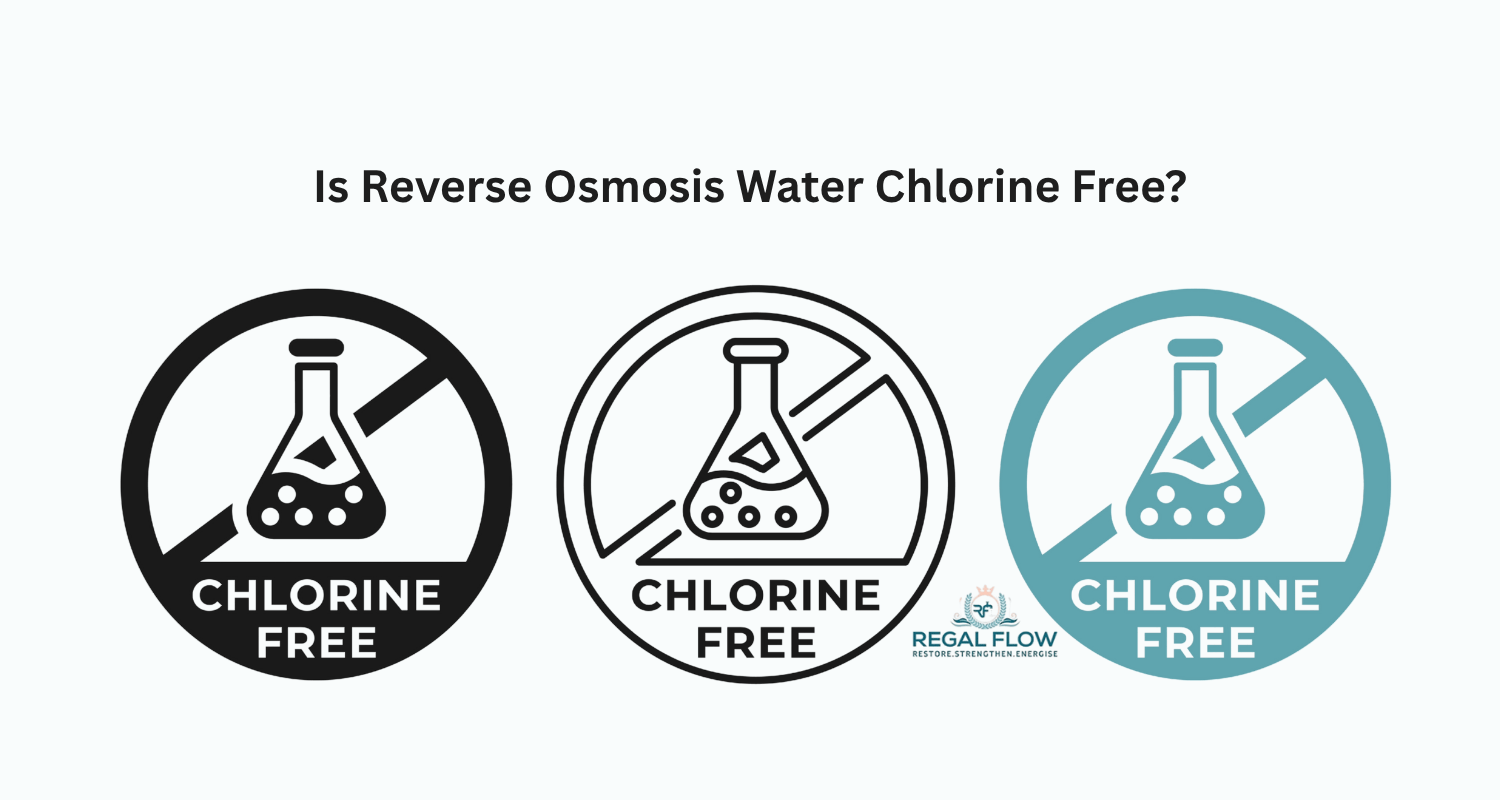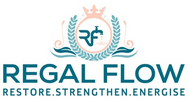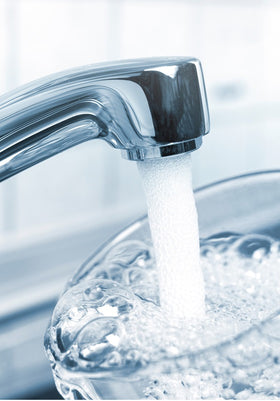
Is Reverse Osmosis Water Chlorine-Free?
Ever wondered if reverse osmosis water is chlorine-free? Short answer: Yes! RO systems strip out chlorine and other nasties, leaving you with crisp, clean water. Exploring Reverse Osmosis: Detailed Analyses and Practical Uses breaks down how it compares to hydrogen water and countertop dispensers—find out which one truly quenches your thirst!
Understanding Reverse Osmosis (RO)
What is Reverse Osmosis and How Does it Work?
Reverse osmosis (RO) is a powerful water purification method that removes impurities using a semi-permeable membrane. It forces water through microscopic pores, filtering out contaminants while letting clean water pass through. Unlike standard filters, which trap larger particles, RO goes further—removing chemicals, heavy metals, and bacteria. This makes it one of the most effective water filtration methods available today.
The RO Filtration Process Explained
RO works in multiple stages to ensure your water is as pure as possible:
-
Pre-Filtration – Removes sediment, chlorine, and other large particles to protect the main membrane.
-
Reverse Osmosis Membrane – The heart of the system, filtering out contaminants at a molecular level.
-
Post-Filtration – A final polish to improve taste and remove any lingering odours.
-
Storage & Dispensing – Clean water is stored until needed, either in an under-sink tank or a countertop dispenser.
Key Components of an RO System
An RO system isn’t just a single filter—it’s a multi-stage setup working together to deliver purified water.
-
Sediment Filter – Captures dust, dirt, and rust.
-
Carbon Filter – Absorbs chlorine and organic chemicals.
-
RO Membrane – The most crucial component, filtering out microscopic impurities.
-
Storage Tank – Holds the purified water, ready for use.
-
Countertop Dispensers – A convenient option for easy access to RO water without complex installation.
Chlorine in Tap Water: Why It's There
The Purpose of Chlorination in Water Treatment
Chlorine is added to tap water as a disinfectant, killing bacteria and viruses that could cause illness. It’s an essential part of modern water treatment, ensuring safe drinking water across the UK. Without chlorine, water supplies would be at risk of contamination, leading to outbreaks of waterborne diseases. It’s a simple but highly effective way to keep tap water safe. Potential Health Effects of Chlorine in Drinking Water. While chlorine is great for killing bacteria, it’s not always great for our bodies. Many people dislike the strong taste and smell it leaves in tap water. Long-term exposure to chlorine by-products, such as trihalomethanes (THMs), has been linked to potential health risks. Some people also experience dry skin or irritation when bathing in chlorinated water.
Reverse Osmosis and Chlorine Removal: The Science
How RO Effectively Removes Chlorine
One of the first steps in an RO system is the carbon pre-filter, which removes chlorine before it reaches the membrane. This step is crucial because chlorine can damage the delicate RO membrane, reducing its lifespan. With chlorine removed, the membrane can then focus on filtering out other contaminants, ensuring high-quality, great-tasting water.
Does Reverse Osmosis Remove Chloramine?
Some water suppliers use chloramine (a mix of chlorine and ammonia) instead of chlorine. This compound is trickier to remove than chlorine alone. A standard RO system may reduce chloramine levels, but to eliminate it completely, a special catalytic carbon filter is required. If your area uses chloramine, it’s worth investing in an RO system designed to handle it.
Reverse Osmosis Water Filter Chlorine Removal Efficiency
A well-maintained RO system can remove up to 98% of chlorine from your drinking water. This makes it one of the most effective methods for getting rid of the chemical taste and smell in tap water.
The Benefits of Chlorine-Free Reverse Osmosis Water
Improved Taste and Odour
Ever taken a sip of tap water and been hit with a swimming pool-like aftertaste? That’s chlorine at work. RO water tastes noticeably fresher and smoother, making it more enjoyable to drink. Whether you're brewing tea or just staying hydrated, the difference is clear.
Enhanced Health Benefits of Drinking RO Water
Chlorine-free water is gentler on the stomach and may be beneficial for those with sensitive digestion. It’s also kinder to your skin, reducing irritation caused by chlorine exposure. For those worried about long-term health effects, drinking RO water means avoiding potential chlorine by-products that some studies suggest may pose risks.
Benefits of Reverse Osmosis Water for Cooking
Cooking with RO water enhances the natural flavours of food and drinks. It’s especially great for making soups, pasta, and rice, where tap water’s chlorine content can alter taste. Tea and coffee lovers will notice a difference too—no more chlorine interfering with the delicate flavours of your favourite brews.
Beyond Chlorine: Other Contaminants Removed by RO
How Does Reverse Osmosis Remove Impurities?
RO doesn’t just tackle chlorine; it removes a wide range of contaminants, including heavy metals, bacteria, and dissolved solids.
Removal of Heavy Metals and Other Harmful Substances
Lead, arsenic, and mercury are just some of the dangerous substances found in some water supplies. RO effectively filters these out, providing safer drinking water.
Addressing Concerns about Total Dissolved Solids (TDS)
RO water has a lower TDS level than regular tap water, meaning fewer dissolved substances. Some people prefer to add a remineralisation filter to restore beneficial minerals like calcium and magnesium.
Choosing the Best Reverse Osmosis System for Chlorine Removal
Factors to Consider When Selecting an RO System
-
Filtration Stages – More stages generally mean better filtration.
-
Chloramine Removal – Check if your water contains chloramine and choose an RO system accordingly.
-
Countertop vs Under-Sink – Countertop dispensers are great for renters, while under-sink models offer higher capacity.
Best Reverse Osmosis System for Chlorine Removal Recommendations
For most UK households, a 5-stage under-sink RO system with a carbon pre-filter is the best choice. Those looking for an easier solution may prefer a countertop RO dispenser.
Installation and Maintenance of RO Systems
Regular maintenance, including changing filters every 6-12 months, keeps your RO system running efficiently. Some modern systems even have filter change indicators for added convenience.
Reverse Osmosis Water Taste and Quality
Addressing Common Concerns About RO Water Taste
Some people find RO water tastes "flat" because it removes minerals. Adding a remineralisation filter can bring back a natural balance, improving taste.
Maintaining Optimal RO Water Quality
Proper maintenance and regular filter replacements ensure your RO system continues to provide clean, great-tasting water.
RO vs. Other Water Filtration Methods
Comparing RO with Activated Carbon Filtration
Carbon filters improve taste but don’t remove dissolved solids or heavy metals like RO does.
Distillation vs. Reverse Osmosis
Distillation removes contaminants by boiling water but is slower and uses more energy than RO.
Pros and Cons of Different Filtration Technologies
| Filtration Type | Pros | Cons |
|---|---|---|
| Reverse Osmosis | Removes most contaminants | Wastes some water |
| Carbon Filtration | Improves taste, affordable | Doesn't remove heavy metals |
| UV Purification | Kills bacteria | Doesn’t remove chemicals |
| Distillation | Highly effective | Slow and energy-intensive |
Conclusion: Enjoying Pure, Chlorine-Free Water with RO
Summarising the Benefits of RO
RO removes chlorine, heavy metals, and other impurities, providing fresher, cleaner water.
Final Thoughts on Water Purity
For a healthier, better-tasting hydration experience, reverse osmosis is a smart choice. Whether you choose an under-sink system or a countertop dispenser, RO ensures every sip is pure and refreshing.
More Reverse Osmosis info we think you'll love
Is Reverse Osmosis Water the Best
Is Reverse Osmosis Good for Well Water
Can Reverse Osmosis Remove Lead
Can Reverse Osmosis Remove PFAS
Can Reverse Osmosis Remove Salt
Is a Reverse Osmosis System Needed for Window Cleaning
Does Reverse Osmosis Remove Viruses from Water? Understanding the Filtration Process
How do I Maintain my Reverse Osmosis System for Longevity and Performance
Is Reverse Osmosis Water Good for Coffee? Exploring Water Quality for the Perfect Brew
Reverse Osmosis vs. Carbon Filters for Well Water: Which is Best for Your Needs?



Leave a comment